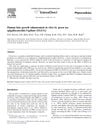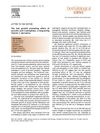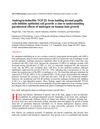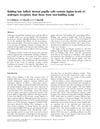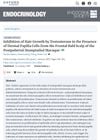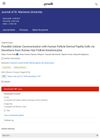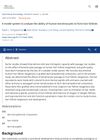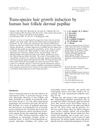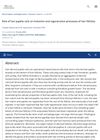Induction of Transforming Growth Factor-Beta 1 by Androgen Is Mediated by Reactive Oxygen Species in Hair Follicle Dermal Papilla Cells
September 2013
in “
Journal of Biochemistry and Molecular Biology
”
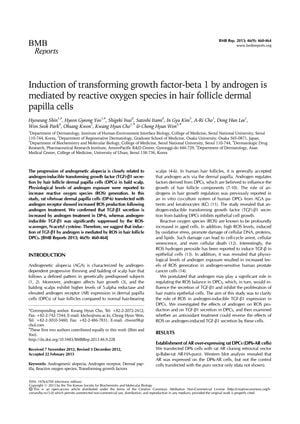
TLDR Androgens increase a growth factor in hair cells by creating reactive oxygen species, and antioxidants might help treat hair loss.
The study from over a decade ago explored how androgens induce the production of transforming growth factor-beta 1 (TGF-ß1) in hair follicle dermal papilla cells (DPCs) through the generation of reactive oxygen species (ROS). Using rat vibrissae DPCs with androgen receptors, the researchers demonstrated that androgen treatment increased both ROS and TGF-ß1 levels. The application of the ROS-scavenger N-acetyl cysteine (NAC) significantly reduced TGF-ß1 secretion, indicating that ROS mediates the androgen-induced TGF-ß1 production. This suggests that antioxidants might be useful in treating androgenetic alopecia by inhibiting ROS-mediated TGF-ß1 activity, which is known to suppress hair growth. The study used specific cell counts, including 1.0 x 10^6 DP6-AR cells for fluorescence measurements and 5.0 x 10^5 cells/dish for TGF-ß1 ELISA assays, and was funded by the Korea Healthcare Technology R&D Project and AmorePacific Corporation.
